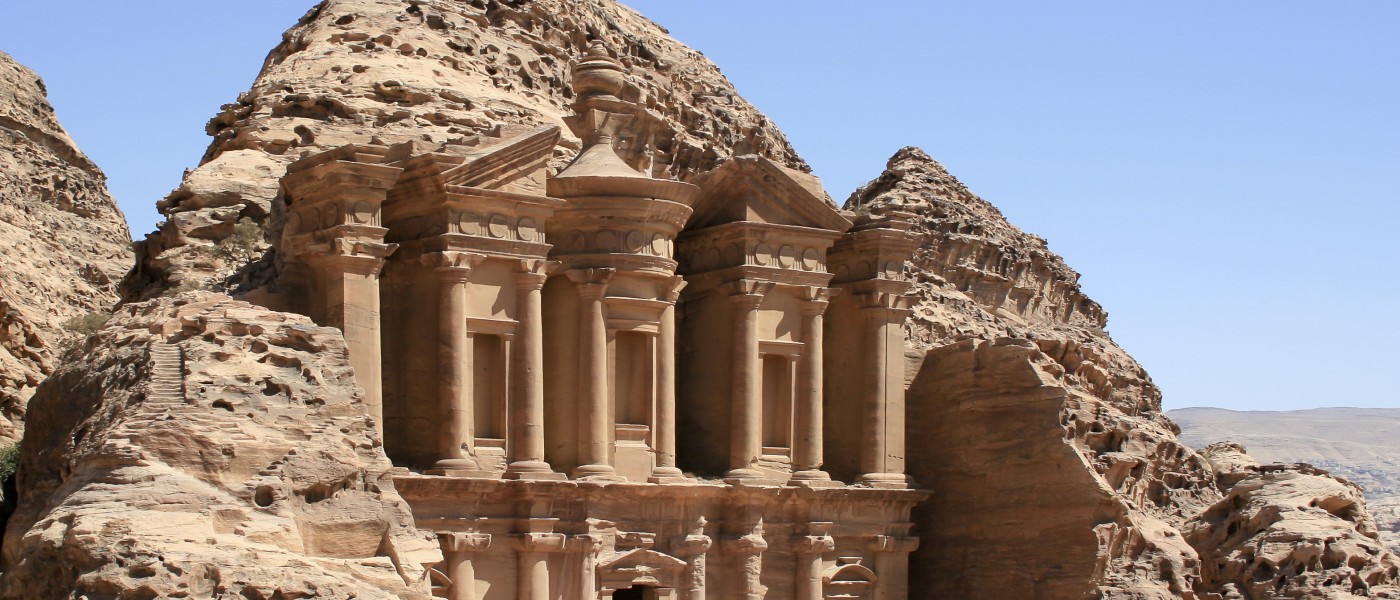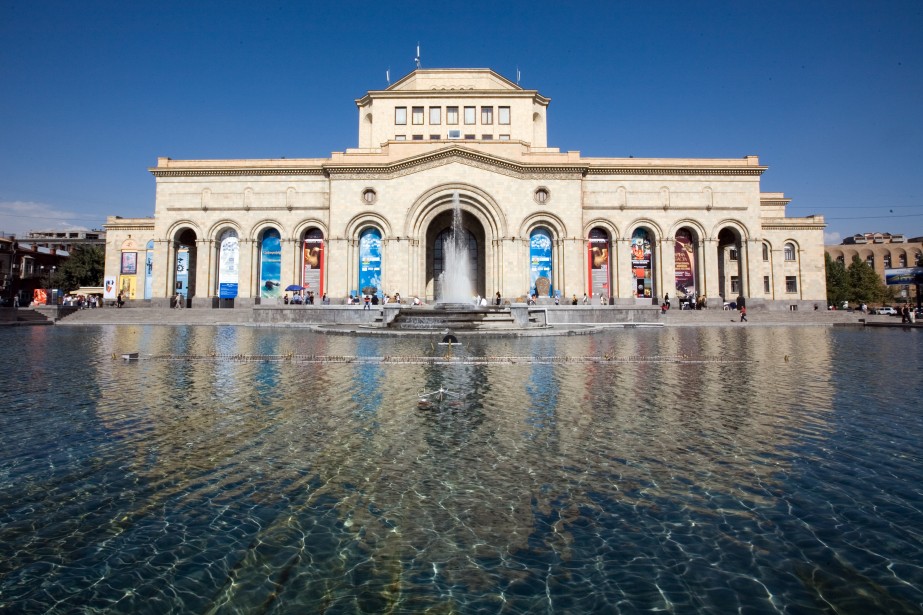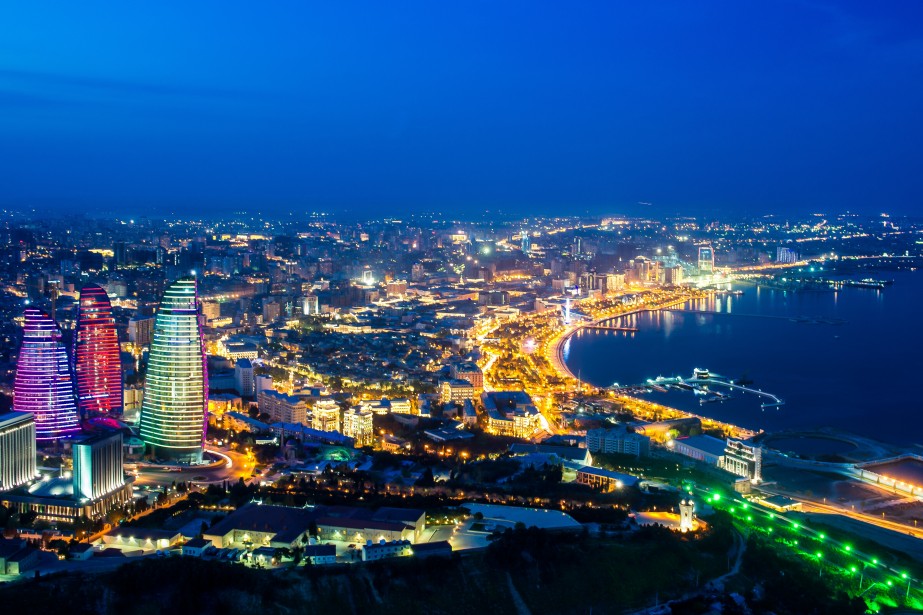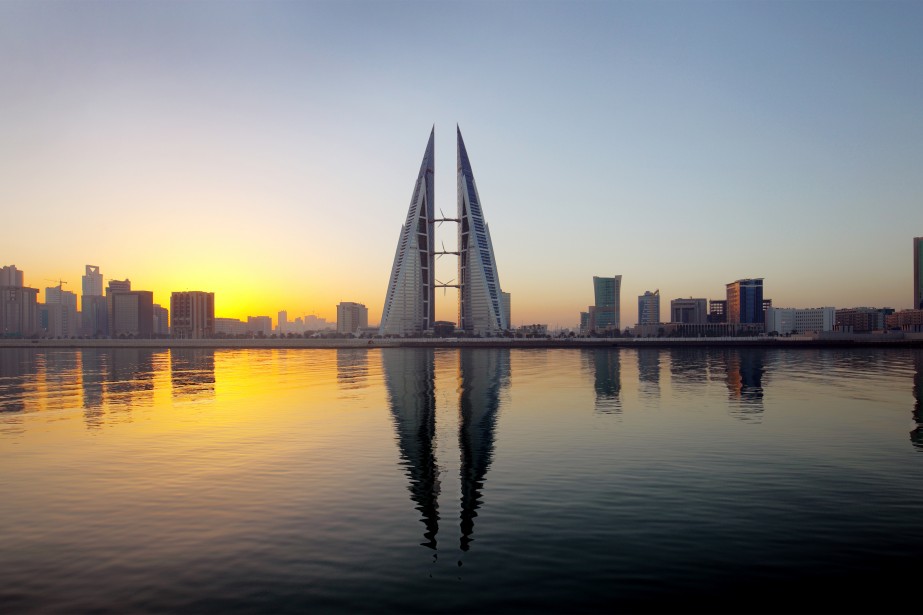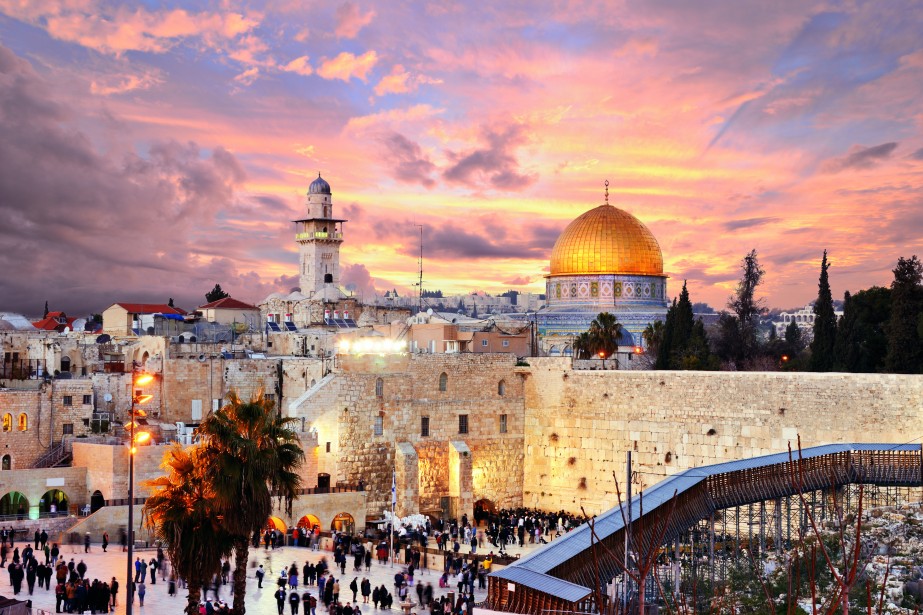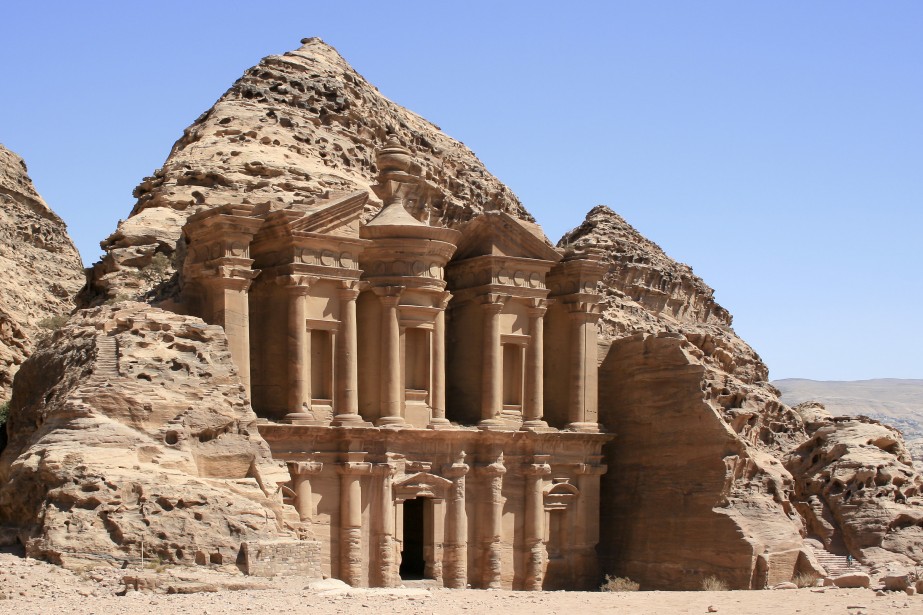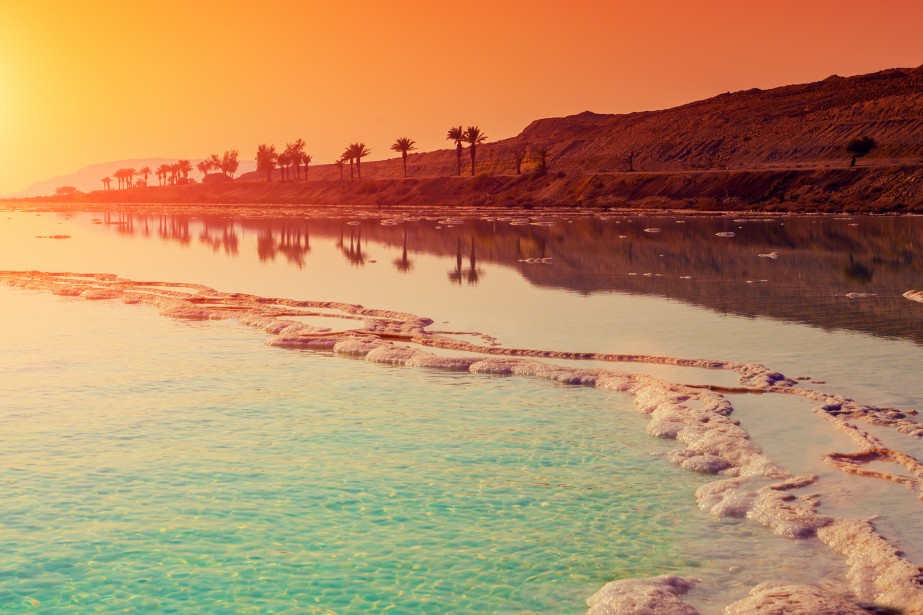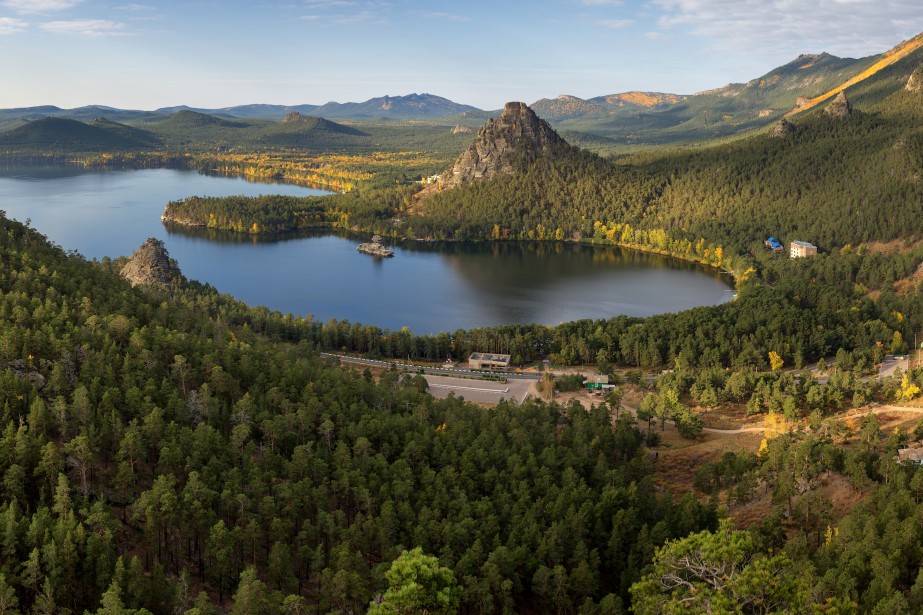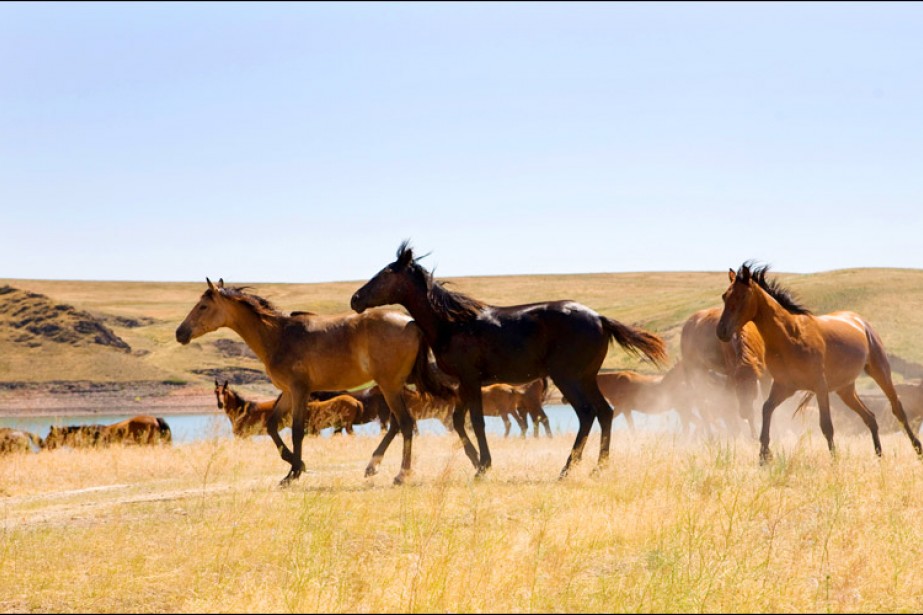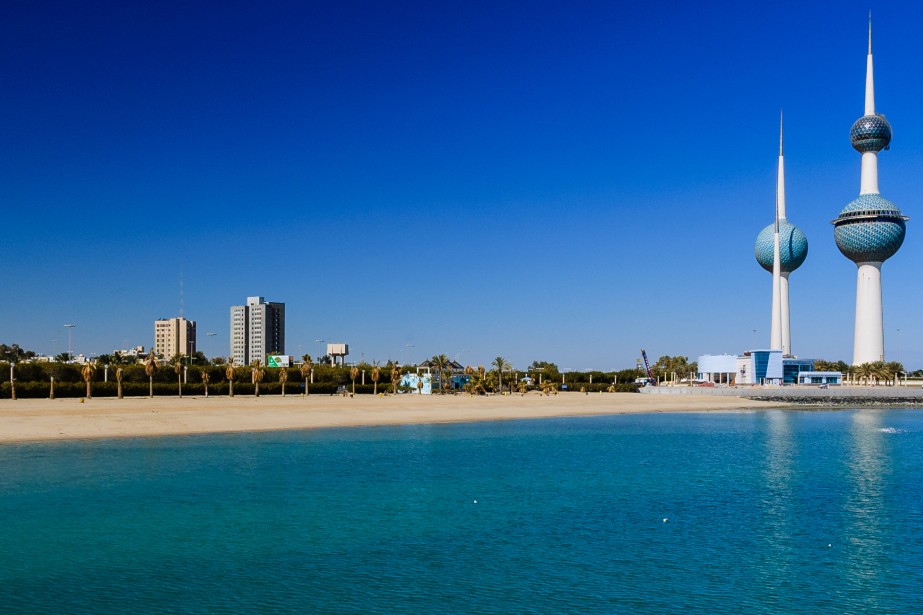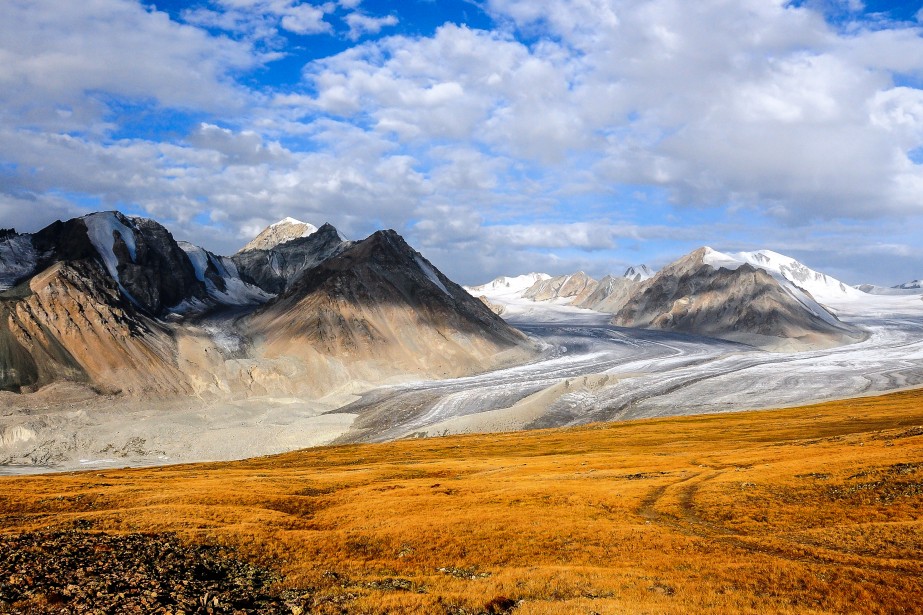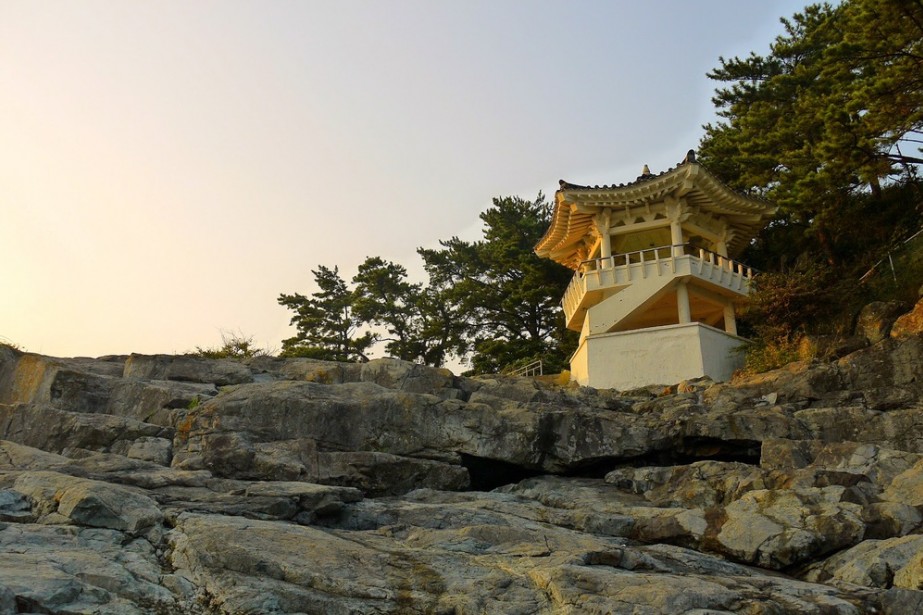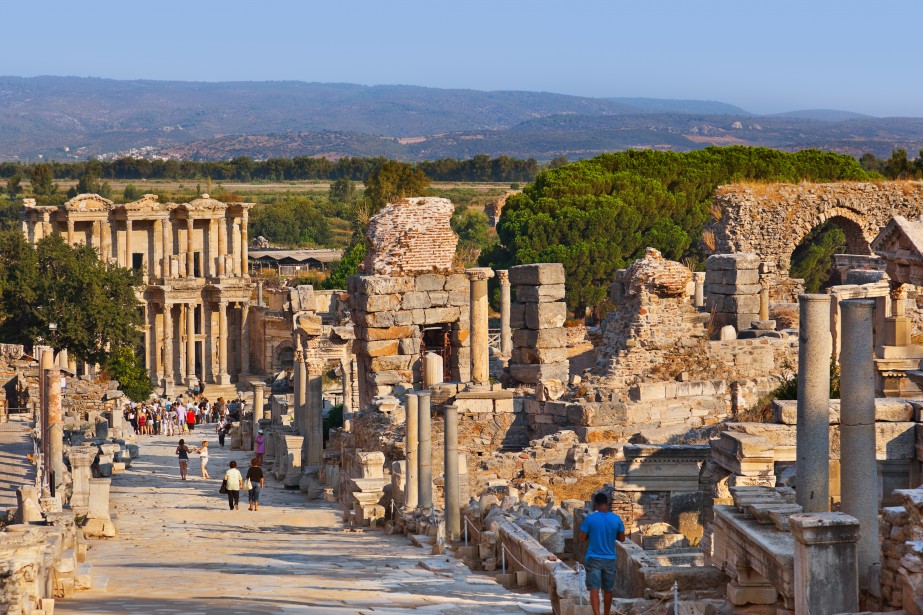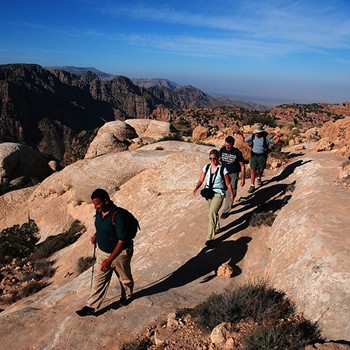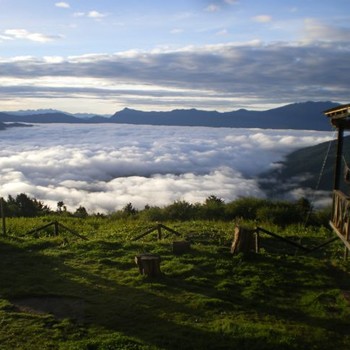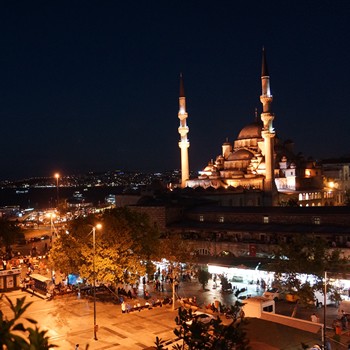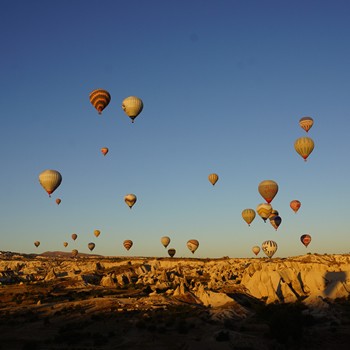Submitted by Claire Autruong on December 12, 2015
Overview
The roots of Jordan go back to Biblical times. It’s impossible to look at the modern country of Jordan without imagining the ancient empires that made their mark on the lands that make up modern Jordan, the lands east of the River Jordan and the Dead Sea. Ancient Egypt, the Ammonites, Persia, Babylon, Greece, Rome and the Ottoman Empire all conquered or settled these biblical lands. Looking back through the past feels almost palpable in Jordan, when staring at the monoliths of Petra and the Temple of Hercules, at Hadrian’s Arch and Aqaba.
Modern Jordan beckons amid these pillars from the past, as rich and as vibrant as its history. Despite varying levels of unrest among its neighbors, Jordan has consistently proven to be one of the friendliest, safest, most modern and liberal nations in the region, and tourists should be informed but not fearful when planning to visit the amazing historic sites.
Jordan is ideal for the adventurous traveler, as it is not yet a mainstream location for most tourists. The friendly, urbane people make the region’s most rewarding destination well worth a trip. With travelers discovering and delighting in the country’s deserts, beaches, castles, churches, markets, food and people, Jordan isn’t likely to stay off the radar for long.
When to Travel – Weather
Spring and summer are the ideal times to visit Jordan. Summers can be extremely hot, and Amman’s altitude means that it gets relatively cold in the winter. Aqaba stays a balmy 68 degrees F (20 C) year-round, but for most other areas of the country, March-May and September-November are ideal.
Travelers should also take religious holidays into account; although there is relative harmony between Jordan’s Muslim and Christian communities, both communities take religious holidays seriously and tourists can run into closures at major sites on those days. Take note of when Ramadan and Eid fall before planning a trip to Jordan.
Food and Drink
Jordanian cuisine is similar to food eaten throughout the Mediterranean and Middle East regions. Typical flavors include herbs, lemon, onion, garlic, tomato sauces and lemon, including the herbs za’atar and sumac, which grow wild in Jordan. Yogurt and the flatbread khobez are also common parts of a Jordanian meal, which often comes in many small plates and bowls of sauces. Jordan is one of the world’s leading producers of olives, and both olives and olive oil factor heavily into the cuisine.
Some common Jordanian dishes include hummus (blended chickpeas with tahini, lemon and garlic), which is also popular in the West; falafel (a deep-fried ball of ground chickpeas), the national dish mansaf (a dish of lamb cooked in fermented dried yogurt sauce); maqluba, a casserole of potatoes, tomatoes, eggplant, chicken or lamb, served inverted with yogurt or an Arab salad; and baklava for dessert, a sweet pastry made of layers of filo dough, nuts and syrup, a vestige of the Ottoman Turks.
Tourists should definitely sample Jordanian cuisine when possible, though plenty of restaurants serve global cuisine and Western-style coffee. For travelers looking for a more traditional experience, going outside of tourist areas and hotels can lead to more affordable and authentic finds.
For travelers with questions about hygiene and food safety, the risk of getting sick from food or drink in Jordan is low, as long as travelers stick to basic traveling tips that can be applied anywhere. Tap water is generally safe, but bottled water is a good precaution to take, especially in more remote areas.
Food is also generally safe, but travelers should be cautious of shellfish and some of the region’s raw meat dishes. While potentially a delicious treat for an adventurous eater, these dishes do carry more risk of food-borne illness than cooked and prepared foods.
Popular Vacation Spots
Petra – The stunning ruins of Petra are Jordan’s crown jewel, a breathtaking city carved into rock cliffs in the south of Jordan. The capital of the Nabataean kingdom in the 6th century BCE, the kingdom became part of the Roman Empire in 106 AD, and continued to flourish until an earthquake in 663 AD. It was abandoned in 1189 following the conquest of Saladin. Since the formation of the Trans-Jordan state in 1929, Petra has become Jordan’s most visited tourist site and is a recognized UNESCO World Heritage Site.
Visitors can experience Petra as a day trip or spend several nights in the area. The best way to get to the site is via bus an organized tour or on one of the JETT buses that departs Amman or Aqaba and connect to the Petra visitor center daily. Other forms of transportation can be unreliable or pricey. As with any large tourist destination, there will be many vendors, including camel and horse ride hawkers, jockeying for tourists’ attention. Travelers should be wary of bait-and-switch tactics such as offering free rides that later come with an expected and pricey “tip.”
Petra’s entire archaeological park offers stunning sights, but tourists should especially make sure to see the incredible Treasury or al-Khazneh and the largest monument in Petra, the Monastery (ad-Deir), arriving early to get a good view unobstructed by too many other tourists. The impressive Street of Facades and the 7,000-seat Roman Theater are also worth a visit.
Amman – Jordan’s capital not only forms a great home base for travel to many sites across the country, it’s also an intriguing destination in its own right. With good weather, plenty of hotels and other tourist accommodations, and friendly, helpful people, Amman can be a wonderful place to spend time or plan the next day’s adventures to Petra or elsewhere. It is easy to find many different types of cuisine in Amman, and the western side of the city is lively and full of modern attractions.
As befits Jordan’s cultural narrative of a place where empires built atop each other, tourists can find Ammonite-era ruins side-by-side with Roman ruins like the Roman Theatre and Nymphaeum. The ancient Citadel is perhaps the best example of this, forming the center of modern Amman just as it did many iterations of ancient Amman. Here, visitors can see the Roman-era Temple of Hercules, the Byzantine Church from the 5th and 6th centuries BCE, and the Ammonite-era Ummayad Palace, as well as the National Archaeological Museum, a modern-day addition.
Qusayr Amra (also Qasr Amra, Quseir Amra) – Another of Jordan’s UNESCO World Heritage Sites, Qusayr Amra is a desert castle in eastern Jordan, built sometime in the 8th century during the Umayyad caliphate. It sits on Jordan’s major east-west highway and is close to Amman, so it’s a relatively easy day trip from the capital. Travelers are usually most interested in the site’s well-preserved and intricate frescoes that decorate the ceilings inside the only remaining building. The small cabin was likely used as a royal retreat, and once sat inside a 62-acre complex that no longer stands.
Wadi Rum – Famous to Westerners due to its association with Lawrence of Arabia, who spent significant time here during the First World War, the Wadi Rum is a stunning and scenic desert valley in the southern part of the country, just off of the Desert Highway running between Amman and Aqaba. Tourists can get here relatively easily via tour or by taking a bus from the bus station in Aqaba.
Once at the site, visitors can see Lawrence’s House, where the famous Briton either lived or stored weapons, as well as the Nabataean Temple. For natural wonders, the Jebel Umm Fruth rock bridge can be easily climbed in 15 minutes or less for amazing views, and visitors can also see the rock formation called the Seven Pillars of Wisdom and the gorgeous Khaz’ali Canyon full of Nabataean rock carvings of people and animals.
Practical Information
A tourist visa is required for U.S. citizens to enter Jordan, as well as a passport valid 6 months before your travel dates, so plan ahead if you need to renew a passport or have never held one. Fees for visas are collected in Jordanian currency only.
Jordan uses the Jordanian dinar (JD, also known as the “jay-dee” in local parlance). The currency is subdivided at the lowest level into fils, and one dinar is made up of 1000 fils. The most common way of referring to amounts is in terms of piastre or qirsh, which are 10 fils (meaning one dinar is 100 piastres and 1000 fils).
Currency can be a little bit confusing, because often prices will be listed without any symbols, so tourists should always be sure to inquire whether it’s 50 fils, 50 piastres or 50 dinar if they are ever unsure. Most of the time, the size of the amounts should make the situation clear in context, and Jordanians are very friendly and would likely correct a tourist, but it’s always a good idea to understand the currency system when traveling.
Major credit cards, particularly Visa, should be accepted at most major sites and tourist establishments, as well as traveler’s cheques. For travel outside tourist zones, it’s best to have cash on hand, and even inside the tourist zones, cash is useful for smaller interactions like getting a taxi or grabbing street food for a snack.
Tips are usually included on the bill when they are expected, usually at nicer establishments. For day-to-day interactions, like with taxi drivers or hotel luggage attendants, it’s a nice and appreciated gesture to round up to the nearest 250 fils or to simply give back loose change as a form of tipping.
Jordan Travel with Trusted Adventures
> Find Activities in Asia

